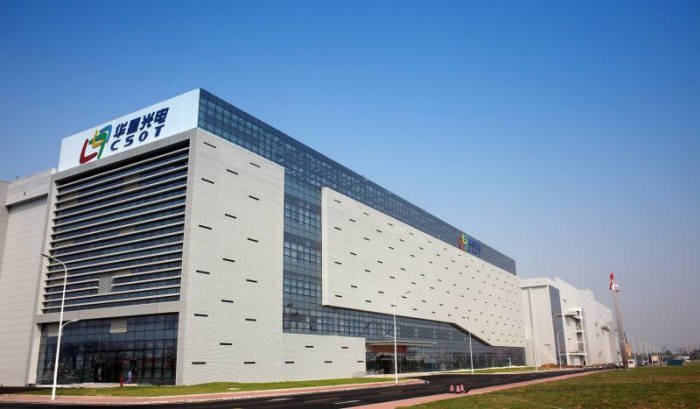A respected industry analyst has predicted that Samsung Electronics and LG Electronics’ respective TV businesses could be threatened by China’s dominance of the LCD display market.

In an interview with The Elec, UBI Research CEO Choong Hoon Yi said the decision of Samsung Display and LG Display to exit the LCD manufacturing business could have some troubling consequences as it gives Chinese firms the opportunity to monopolize the supply of LCD TV panels. He warned that if Samsung’s and LG’s TV sales decline as a result, it would also have a negative impact on their display making subsidiaries.
Samsung Display quit making LCD panels for good last year, and is planning to transform its production lines for QD-OLED production. Meanwhile, LG Display has halted LCD production in South Korea, though it still has some ongoing operations at its Chinese factory in Guangzhou. However, in the long term, LG Display is likely to sell this plant, Yi said, with China’s CSOT the most likely buyer.
According to Yi, the danger is that the Chinese government will try to take advantage of the South Korean display giant’s decisions to exit the market by merging various local LCD display manufacturers. He said the plan is for HKC to merge with IVO, while BOE’s OLED business could merge with Visionox. Meanwhile, CSOT’s T4 factory and EDO’s factory in Shanghai could be sold off to Tianma, which would then become the sole manufacturer of automotive OLED displays in the country.
By concentrating production in this way, the Chinese display makers would then have more room to control prices and supply, Yi said. He noted that both the central government and local provincial governments have a big influence on the country’s display makers, so they could easily direct such plans.
If this were to happen, Yi said the Chinese panel makers could then make it difficult for Samsung Electronics and LG Electronics to procure enough LCD panels to meet their needs. Meanwhile, Chinese TV brands could secure a glut of LCD displays at lower prices. He said Samsung’s TV shipments might fall to under 40 million per year as a result, while the likes of Hisense and TCL could increase their shipments to over 30 million each.
Yi further pointed out that Chinese TV brands have been improving their designs and can produce products that are just as capable as those of their South Korean competitors. Through their relationships with local display makers, they could theoretically sell their TVs much cheaper than either Samsung or LG can.
Samsung and LG would still retain control of the premium TV market thanks to their focus on OLED display technology, but they could see their market volume shares decline significantly, Yi said.